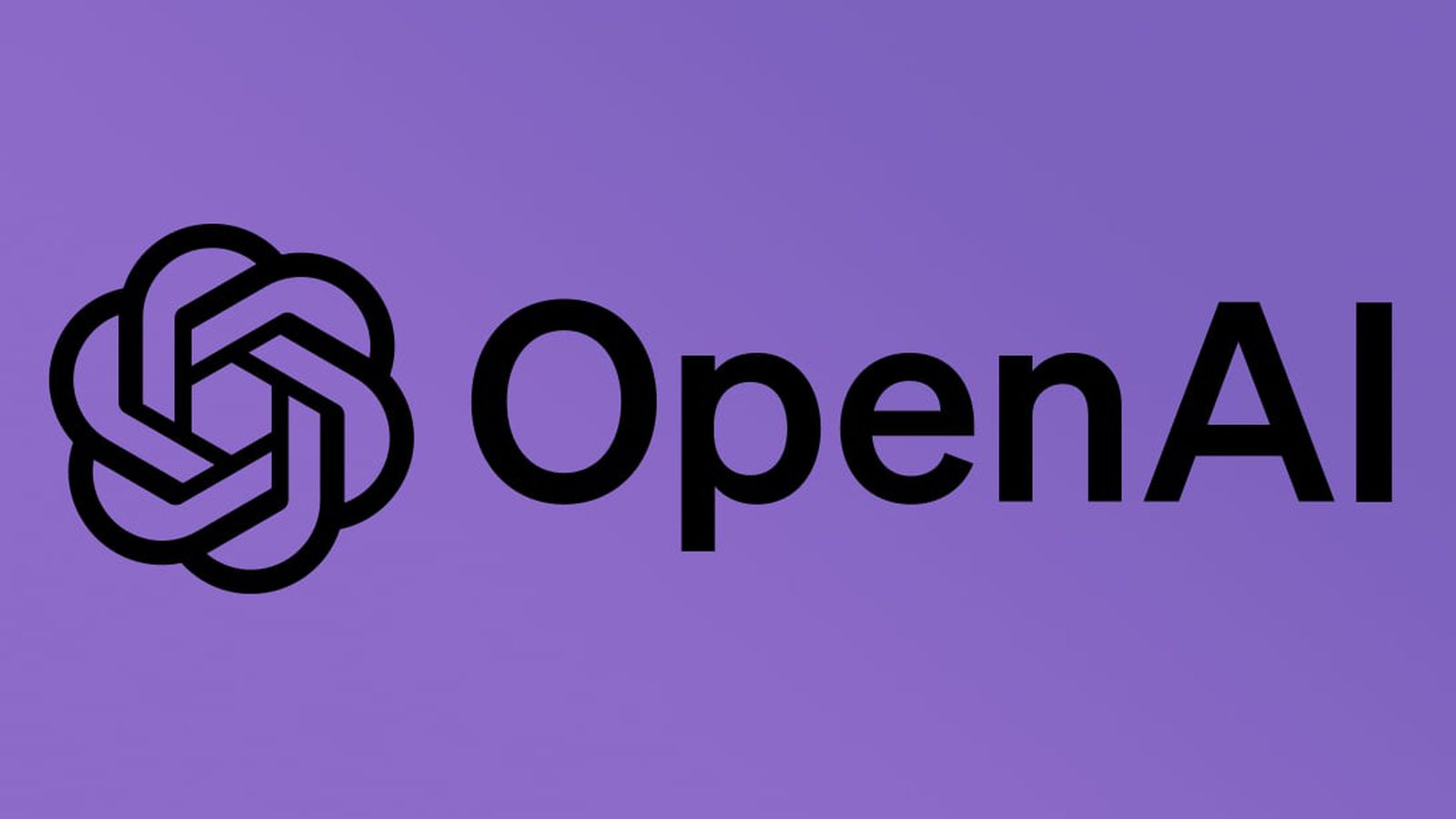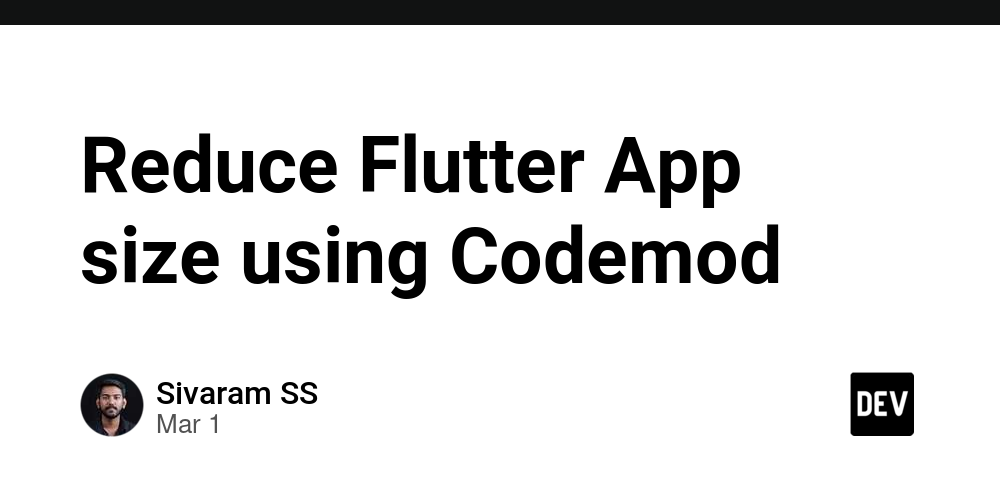ECMAScript Proposals and the TC39 Process
An In-Depth Exploration of ECMAScript Proposals and the TC39 Process As the backbone of JavaScript development, ECMAScript (often abbreviated as ES) is the standardized scripting language specification on which JavaScript is based. ECMAScript proposals represent attempts to suggest new features or enhancements to the language, making understanding the proposal process, known as TC39, essential for any senior developer engaged in JavaScript development. Historical and Technical Context The TC39 (Technical Committee 39) is a committee of the Ecma International organization dedicated to evolving JavaScript. Selections for inclusion in the ECMAScript specification go through a rigorous process defined by multiple stages. The Birth of ECMAScript The journey of ECMAScript began in the early 1990s, stemming from JavaScript — a language developed by Netscape in 1995. ECMAScript 1 was published in June 1997. Throughout the years, numerous versions followed, including ES5 (2009) and ES6 (2015), which introduced a plethora of new features such as: Arrow Functions Classes Modules Promises While these initial versions laid the groundwork, today’s ecosystem relies on a more democratic proposal process, fostering innovation. The TC39 Proposal Process Stages of Proposals The TC39 proposal process is detailed and structured, divided into six stages: Stage 0 - Strawman: The initial concept; ideas are proposed for discussion. Stage 1 - Proposal: A formal proposal is made with a clear specification and functionality. Stage 2 - Draft: The proposal is refined into a detailed specification, which includes example code and outlines use cases. Stage 3 - Candidate: The feature is considered nearly complete and is brought for implementors to trial within their JavaScript engines. Stage 4 - Finished: After extensive trials, the feature is fully specified and accepted into the ECMAScript specification. It is important to note that transitioning from one stage to the next is not guaranteed and that community feedback is crucial at every stage. Complex Code Examples To demonstrate the proposal process, let's consider a complex feature that went through TC39: Optional Chaining. // Example of Optional Chaining const user = { profile: { name: "John Doe", address: { city: "New York" } } }; console.log(user.profile?.address?.city); // "New York" console.log(user.profile?.age); // undefined Alternative Approaches Before optional chaining, developers often resorted to cumbersome checks to access nested objects safely: // Pre-Optional Chaining Approach const city = user && user.profile && user.profile.address ? user.profile.address.city : undefined; While this was effective, it quickly clutters codebases, especially when multiple nested properties are involved. Real-World Use Cases Industry Applications A notable real-world application of features developed through TC39 is modern web frameworks like React and Angular. Using ES6 modules allows for cleaner imports: // ES6 Module Example import { Component } from 'react'; As these frameworks embrace ECMAScript proposals, development becomes smoother, allowing for features like async/await that significantly change how asynchronous operations are handled. Performance Considerations It's imperative to evaluate the performance implications when new features are implemented. For instance, optional chaining can slightly increase the complexity of the generated code, impacting performance: Holistic Performance Testing: Use tools like Lighthouse to assess the impact of new features on application performance as they are introduced. Benchmarking: Conduct benchmarks before and after implementing substantial ECMAScript proposals to evaluate the performance impact in scenario apply using libraries like Benchmark.js. Potential Pitfalls and Debugging Techniques Pitfalls While embracing new ECMAScript features can enhance development speed and code readability, they come with risks: Browser Compatibility: Not all features are available in every environment. Utilize Babel and polyfills carefully to ensure compatibility. Over-Reliance on ES Features: Developing a habit of using too many modern features can lead to issues in older browsers or specific environments. Always consider your target audience. Advanced Debugging Techniques Debugging modern JavaScript code can be challenging, especially when leveraging recent ES features. Tools like Chrome DevTools provide a suite of debugging capabilities: Breakpoints: Set breakpoints where potential problems might occur, particularly in asynchronous code. Detailed Call Stack Analysis: For asynchronous functions, leverage the call stack to track down where a function originated. Edge Cases Edge cases often expose flaws in new proposals
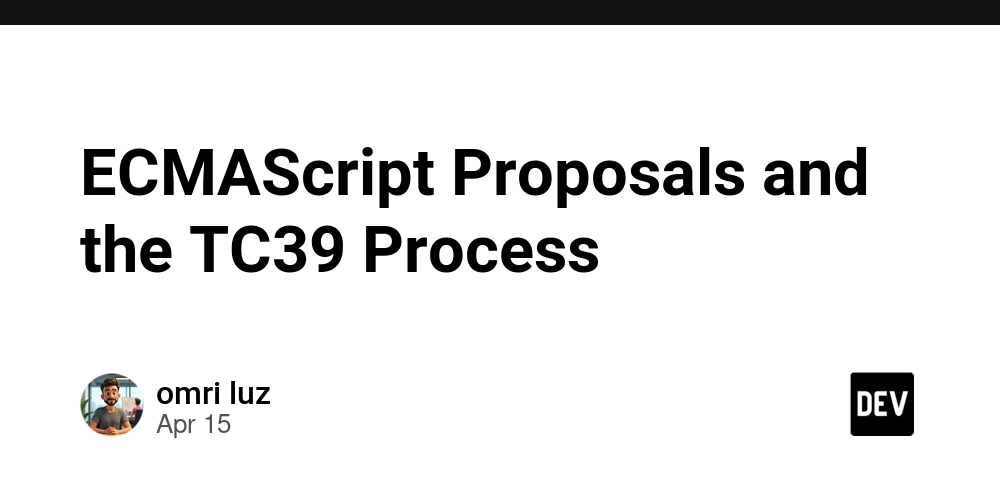
An In-Depth Exploration of ECMAScript Proposals and the TC39 Process
As the backbone of JavaScript development, ECMAScript (often abbreviated as ES) is the standardized scripting language specification on which JavaScript is based. ECMAScript proposals represent attempts to suggest new features or enhancements to the language, making understanding the proposal process, known as TC39, essential for any senior developer engaged in JavaScript development.
Historical and Technical Context
The TC39 (Technical Committee 39) is a committee of the Ecma International organization dedicated to evolving JavaScript. Selections for inclusion in the ECMAScript specification go through a rigorous process defined by multiple stages.
The Birth of ECMAScript
The journey of ECMAScript began in the early 1990s, stemming from JavaScript — a language developed by Netscape in 1995. ECMAScript 1 was published in June 1997. Throughout the years, numerous versions followed, including ES5 (2009) and ES6 (2015), which introduced a plethora of new features such as:
- Arrow Functions
- Classes
- Modules
- Promises
While these initial versions laid the groundwork, today’s ecosystem relies on a more democratic proposal process, fostering innovation.
The TC39 Proposal Process
Stages of Proposals
The TC39 proposal process is detailed and structured, divided into six stages:
- Stage 0 - Strawman: The initial concept; ideas are proposed for discussion.
- Stage 1 - Proposal: A formal proposal is made with a clear specification and functionality.
- Stage 2 - Draft: The proposal is refined into a detailed specification, which includes example code and outlines use cases.
- Stage 3 - Candidate: The feature is considered nearly complete and is brought for implementors to trial within their JavaScript engines.
- Stage 4 - Finished: After extensive trials, the feature is fully specified and accepted into the ECMAScript specification.
It is important to note that transitioning from one stage to the next is not guaranteed and that community feedback is crucial at every stage.
Complex Code Examples
To demonstrate the proposal process, let's consider a complex feature that went through TC39: Optional Chaining.
// Example of Optional Chaining
const user = {
profile: {
name: "John Doe",
address: {
city: "New York"
}
}
};
console.log(user.profile?.address?.city); // "New York"
console.log(user.profile?.age); // undefined
Alternative Approaches
Before optional chaining, developers often resorted to cumbersome checks to access nested objects safely:
// Pre-Optional Chaining Approach
const city = user && user.profile && user.profile.address ? user.profile.address.city : undefined;
While this was effective, it quickly clutters codebases, especially when multiple nested properties are involved.
Real-World Use Cases
Industry Applications
A notable real-world application of features developed through TC39 is modern web frameworks like React and Angular. Using ES6 modules allows for cleaner imports:
// ES6 Module Example
import { Component } from 'react';
As these frameworks embrace ECMAScript proposals, development becomes smoother, allowing for features like async/await that significantly change how asynchronous operations are handled.
Performance Considerations
It's imperative to evaluate the performance implications when new features are implemented. For instance, optional chaining can slightly increase the complexity of the generated code, impacting performance:
- Holistic Performance Testing: Use tools like Lighthouse to assess the impact of new features on application performance as they are introduced.
- Benchmarking: Conduct benchmarks before and after implementing substantial ECMAScript proposals to evaluate the performance impact in scenario apply using libraries like Benchmark.js.
Potential Pitfalls and Debugging Techniques
Pitfalls
While embracing new ECMAScript features can enhance development speed and code readability, they come with risks:
- Browser Compatibility: Not all features are available in every environment. Utilize Babel and polyfills carefully to ensure compatibility.
- Over-Reliance on ES Features: Developing a habit of using too many modern features can lead to issues in older browsers or specific environments. Always consider your target audience.
Advanced Debugging Techniques
Debugging modern JavaScript code can be challenging, especially when leveraging recent ES features. Tools like Chrome DevTools provide a suite of debugging capabilities:
- Breakpoints: Set breakpoints where potential problems might occur, particularly in asynchronous code.
- Detailed Call Stack Analysis: For asynchronous functions, leverage the call stack to track down where a function originated.
Edge Cases
Edge cases often expose flaws in new proposals that go unnoticed during their development. For instance, consider how Optional Chaining behaves when used with a Proxy:
const proxy = new Proxy({}, {
get: (target, prop) => prop in target ? target[prop] : undefined
});
const result = proxy?.prop1?.nestedProp; // Behaves as expected: returns undefined
Despite its safety, improper understanding can lead developers to overlook critical aspects when using optional chaining with proxies. Always test under the varied conditions expected in production.
Conclusion
The TC39 process defines not only the evolution of ECMAScript but also the collaborative spirit among the JavaScript community. By keeping abreast of proposals and understanding their impact, senior developers can make informed decisions that enhance codebases and embrace innovative practices.
Additional Resources
In conclusion, ECMAScript proposals represent a significant aspect of JavaScript’s evolution, offering exciting opportunities and some challenges. By understanding the intricate nature of this process, developers can leverage modern features effectively, driving their JavaScript projects toward the future.




























































































































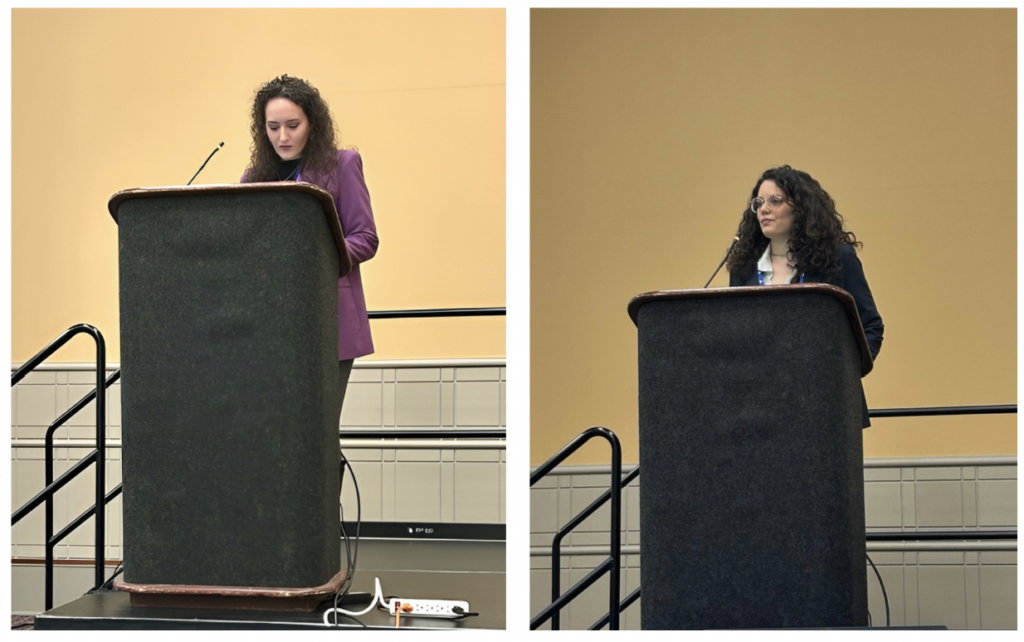













































![[The AI Show Episode 144]: ChatGPT’s New Memory, Shopify CEO’s Leaked “AI First” Memo, Google Cloud Next Releases, o3 and o4-mini Coming Soon & Llama 4’s Rocky Launch](https://www.marketingaiinstitute.com/hubfs/ep%20144%20cover.png)






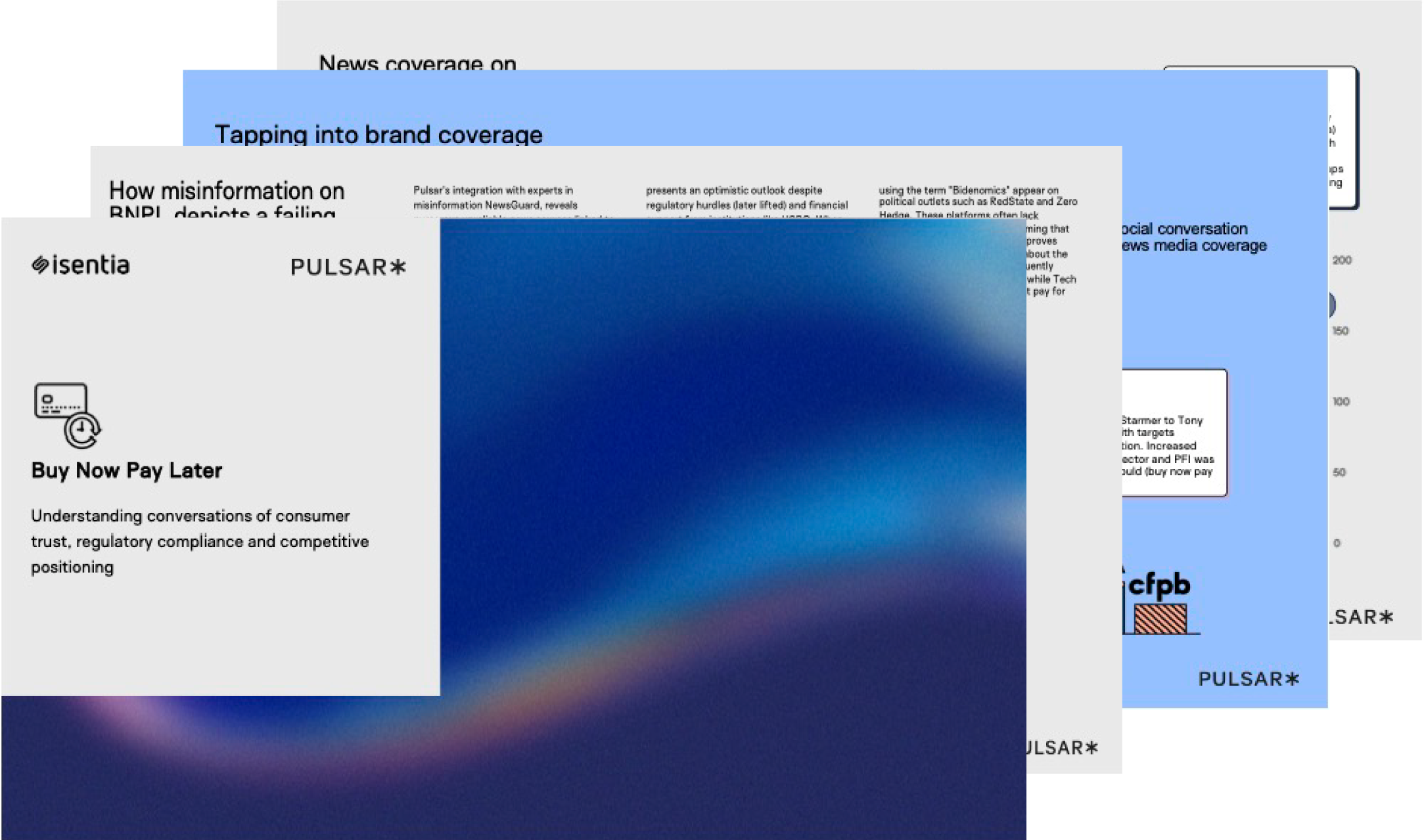







































































































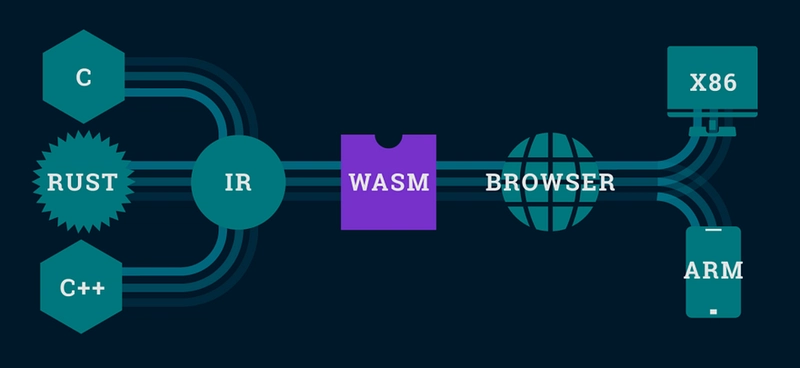


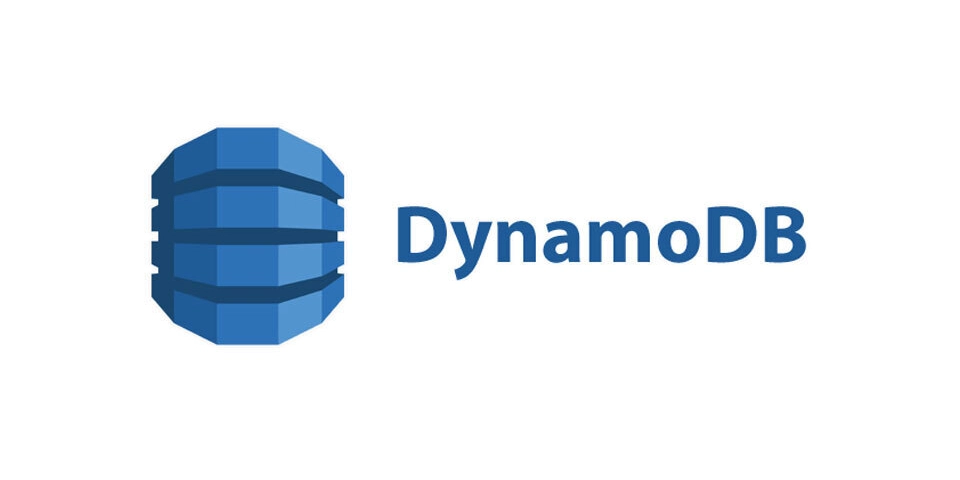






























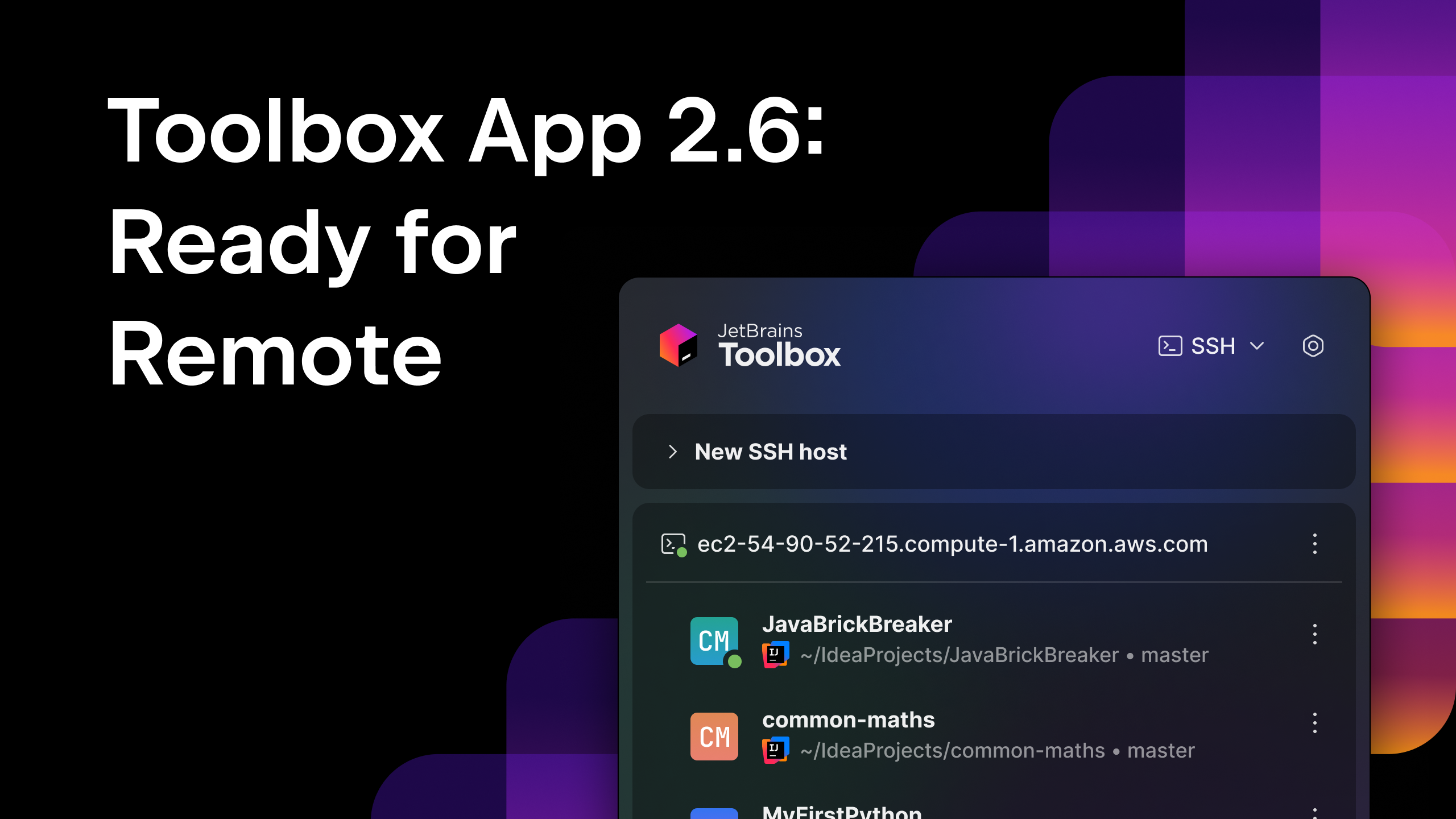





















































![Blue Archive tier list [April 2025]](https://media.pocketgamer.com/artwork/na-33404-1636469504/blue-archive-screenshot-2.jpg?#)
































.png?#)










-Baldur’s-Gate-3-The-Final-Patch---An-Animated-Short-00-03-43.png?width=1920&height=1920&fit=bounds&quality=70&format=jpg&auto=webp#)











![Nanoleaf Announces New Pegboard Desk Dock With Dual-Sided Lighting [Video]](https://www.iclarified.com/images/news/97030/97030/97030-640.jpg)

























































































































![Apple's Foldable iPhone May Cost Between $2100 and $2300 [Rumor]](https://www.iclarified.com/images/news/97028/97028/97028-640.jpg)
![Apple Releases Public Betas of iOS 18.5, iPadOS 18.5, macOS Sequoia 15.5 [Download]](https://www.iclarified.com/images/news/97024/97024/97024-640.jpg)












































